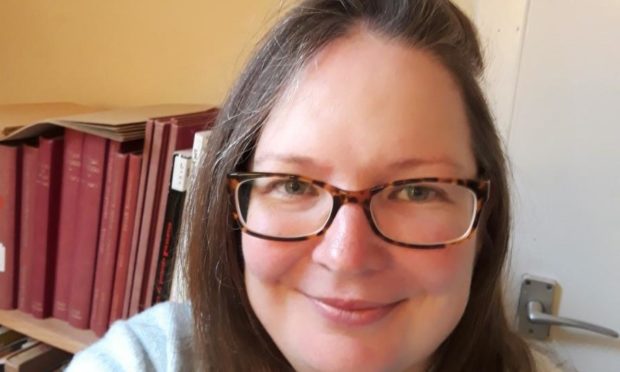Rarely explored borrowing records are being used to examine what people in Scotland were reading around 200 years ago.
Experts at the University of Stirling have been awarded £1 million for a unique project that will aim to show what people really borrowed from 15 historic libraries, including some in the north and north-east, from 1750 to 1830.
The research, which represents the first attempt to systematically analyse and compare borrowers’ registers across Scotland, is being led by English studies lecturer Katie Halsey, along with co-investigator Matthew Sangster of the University of Glasgow.
Dr Halsey, based at Stirling’s faculty of arts and humanities, said the database will contain at least 150,000 records of borrowing by a range of people including miners, clergymen, advocates, farm workers, gamekeepers, vagabonds, sailors, poachers, maidservants and schoolchildren.
She added: “Understanding more about which works, authors and ideas shaped our national culture will help us to better understand – and in some cases challenge – long-standing ideas about Scottish identity. We hope also that our research will lead to greater knowledge of the importance of libraries to cultural life.
“There are a series of narratives about which books are important in our national culture and identity. Our own hypothesis is that those books are not the ones that were circulating in the 18th century and early 19th century.”
She said rather than the romantic poets Wordsworth, Coleridge, Blake, Keats, Shelley, and Byron, records suggest people were reading Sir Walter Scott, Milton and Shakespeare, as well as lesser-known and long-forgotten poets.
Dr Halsey said the Scottish Enlightenment was said to have brought in a secular society, but people were still reading religious self-help books and practical theology books.
She added: “So that idea of the Enlightenment being a secular movement gets challenged when you see what’s being borrowed on the ground.”
She said the study will also highlight the importance of libraries at a time some are under threat.
“It will give people a sense of the role libraries have played across history and recognise that without libraries knowledge could not have been spread and disseminated in the way that it has,” the researcher said.
The study has received £1,014,683 from the Arts and Humanities Research Council with final results expected in May 2023.
A series of public events, including creative writing workshops, exhibitions and a “detective” workshop, showing members of the public how to track down obscure people from the past using entries in the borrowers’ records, are planned throughout the project.
The 15 partner libraries include Craigston Castle, in Turriff, whose register covers the years from the late 1760s to the early 1820s, and Inverness Kirk Sessions Library, which has books dating from 1525.
Other libraries are Kirkwall Subscription Library and the Aberdeen University Theological Library.
